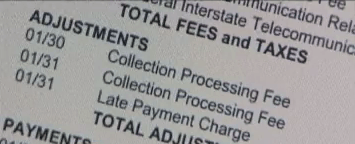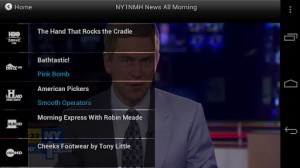 Comcast’s national low-income Internet service, Internet Essentials, is getting an upgrade.
Comcast’s national low-income Internet service, Internet Essentials, is getting an upgrade.
Out of more than 14 million Comcast broadband customers, fewer than 50,000 families managed to qualify and successfully obtain the $9.95/mo low-speed Internet service. On Tuesday, Comcast announced it was relaxing some of the program’s requirements to include more families and has also doubled the service’s speeds to 3Mbps for downloads and 768kbps for uploads.
Susan Jin Davis, vice president of Comcast’s Strategic Services explained the changes on the company’s blog:
[…] When we first started out, Internet Essentials was offered to families with children eligible to receive “free” school lunches under the National School Lunch Program (NSLP). Today, we have officially extended the program to include families with children eligible to receive “reduced” price lunches too. This change adds about 300,000 households in our service area who can now apply for the program — bringing our estimated total to about 2.3 million eligible families.
[…] Second, we doubled the speed of the broadband connection provided with Internet Essentials. It now comes with up to 3 Mbps downstream and up to 768 Kbps upstream, which makes the online experience even better than it was before. The increase is available now and we notified customers by email that the only thing they need to do is reboot their modems in order to immediately get the new speeds.
Third, as we announced in January, we have streamlined the application process by providing an instant approval process for all students attending schools with the highest percentage of NSLP participation, including Provision 2 schools.
Comcast’s Internet Essentials program was launched as part of an agreement with the Federal Communications Commission to win approval of the cable operator’s merger with NBC-Universal. Comcast also committed to an expansion of its broadband service in rural areas. The company says it expanded its service area by 199,876 additional homes in 33 rural communities.


 Subscribe
Subscribe







